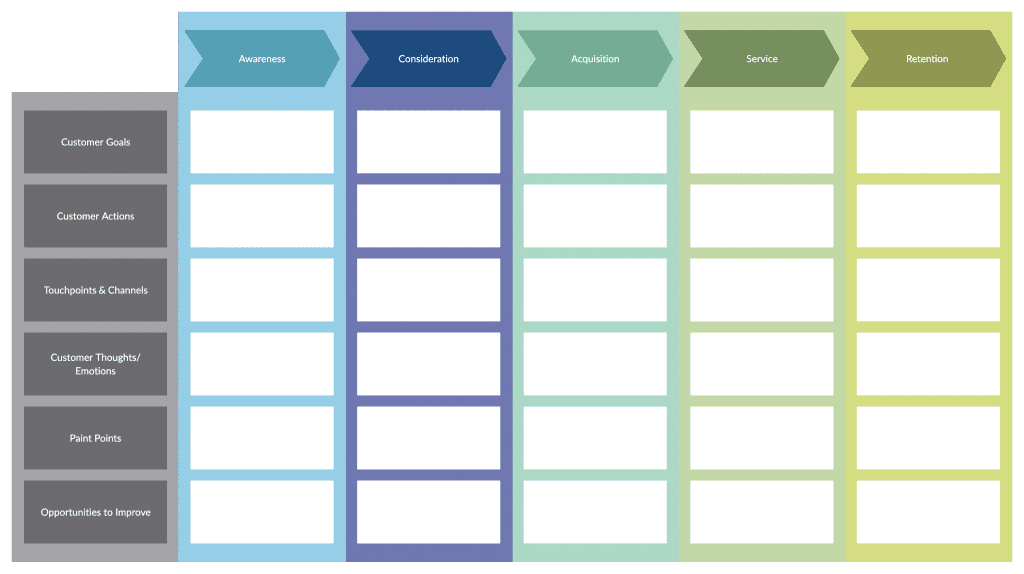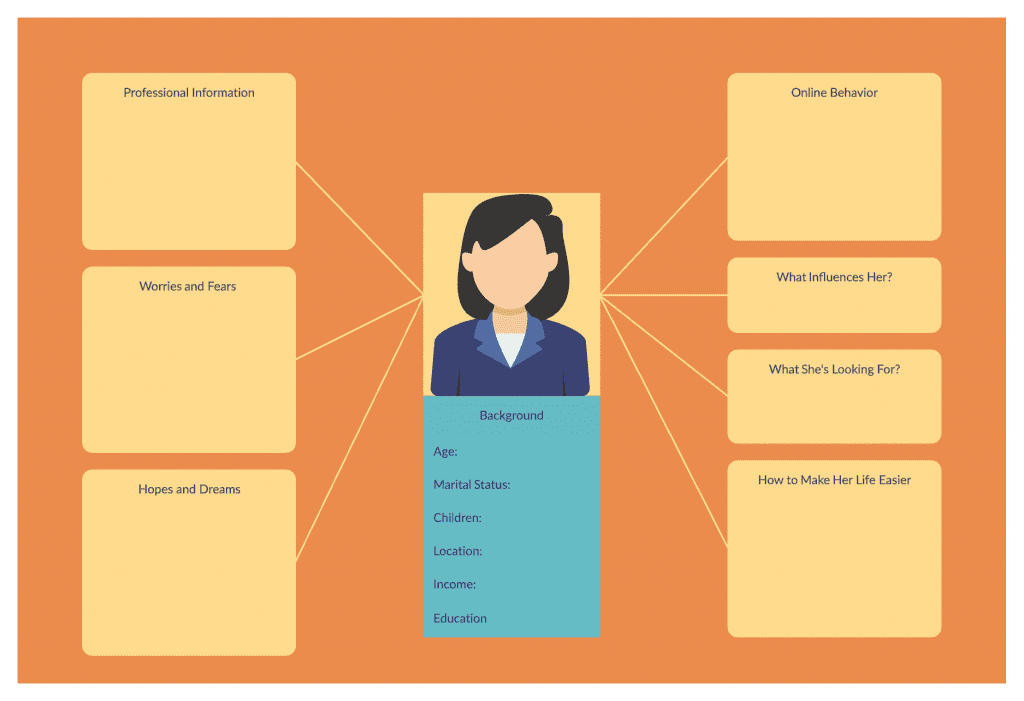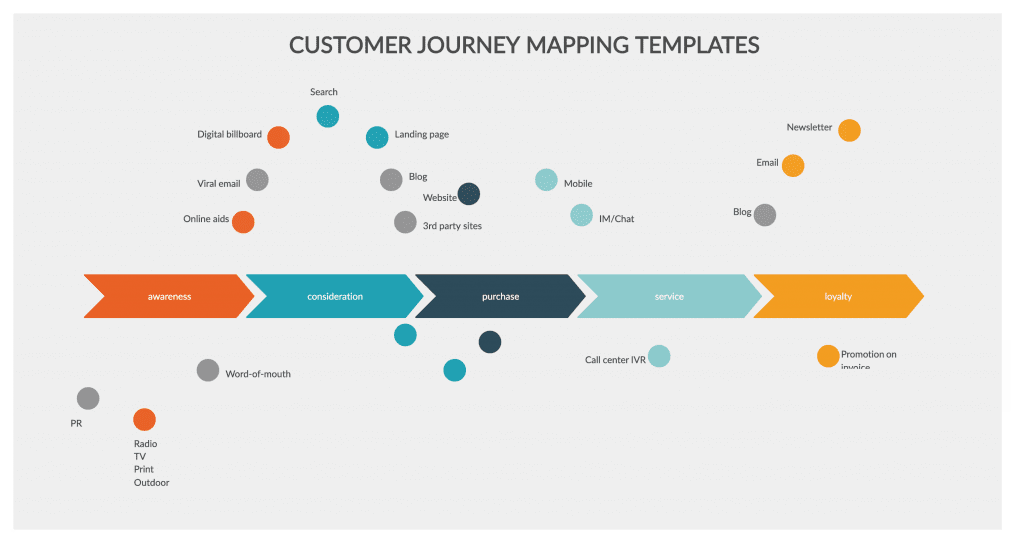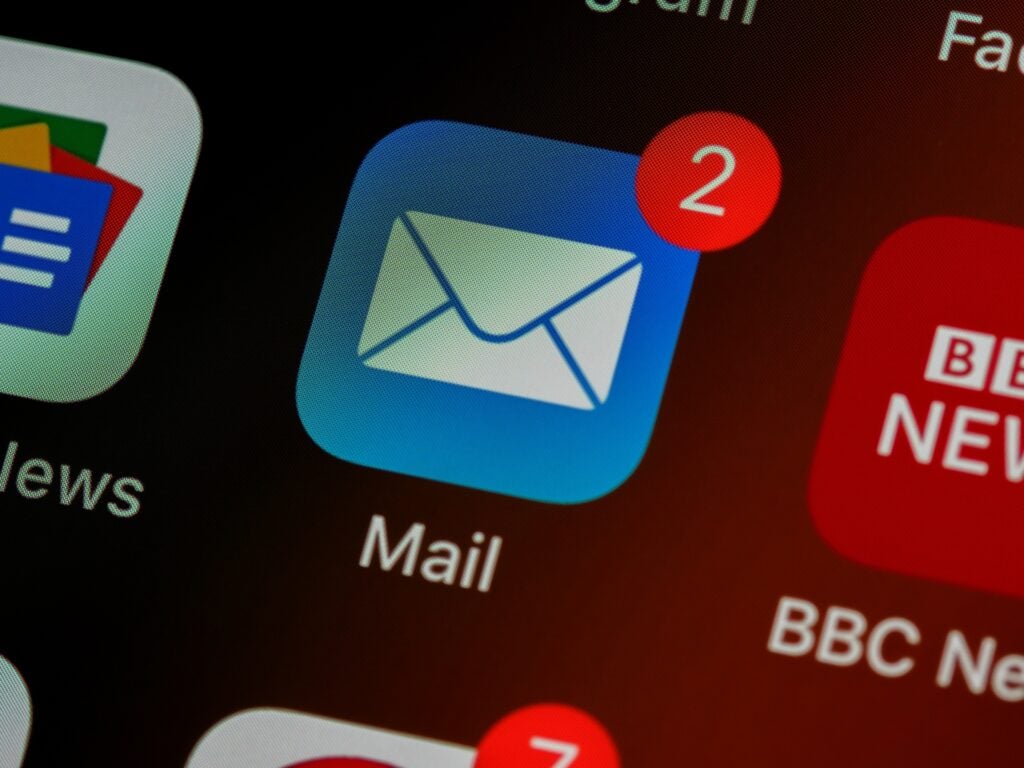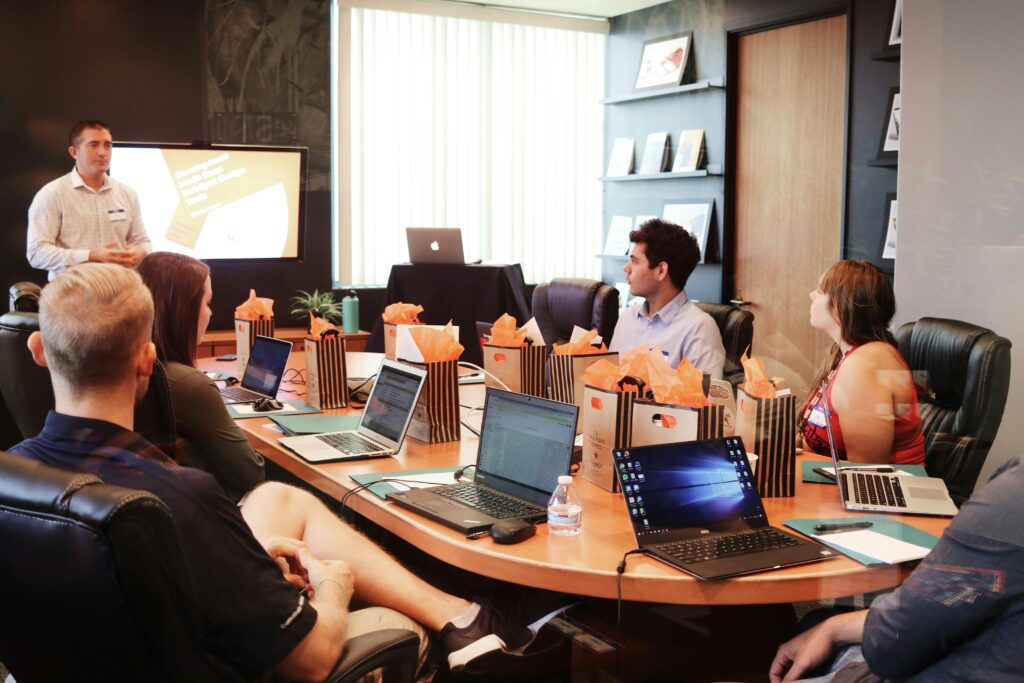Getting into the minds of the end-user can be challenging. After all, how people usually use the product they designed is an age-old question that still bugs product designers to this day. In fact, even the great Steve Jobs once mentioned that in order to have sustainable company growth in the field, customer experience must be at the forefront of your priorities, then follows technology.
And thus, customer experience is a great navigating tool in assessing how well you’re doing. Adopting a clear vision and compound strategy for customer interaction is now optimal to ensure a good customer experience. As you refine your customer experience, one of the most powerful ways to understand how your consumers view your product is through a user journey map.
This is an often overlooked but critical step in helping you track down steps on how you can improve your product on a bigger scale, as well as leveling up your customer experience. In this article, we’ll discuss the basics of user journey mapping, as well as provide templates that you can readily use in your next brainstorming session. So get into it and read along!
In this user journey guide
The basics of user journey mapping
Before delving into the nuances of user journey mapping, so you can really craft a robust user experience, we’ve covered a few user journey mapping basics below.
Question: What is user journey mapping?
Answer: User journey mapping is an essential user experience strategy to help product designers plot out an individual’s relationship with the product over a span of time and varying channels.
This user journey map will help you optimize opportunities on visualizing how your customer moves in each phase of interaction, as well as document these experiences in these phases. It should cover all touchpoints, moments-of-truths, and potential customer feelings, as well as plans-of-actions to diminish these problems moving forward. Moments of truth are those a-ha moments that really illuminate critical insights that could influence the CJM.
Question: Is a user journey map a literal map?
Answer: If what you mean by a “map” is a visual aid that can help you plot out different phases of user experiences, and provides a keen progression of the consumer’s feelings and experiences and insights on how these can be resolved, then yes, it is a literal map!
And yes, it is a literal template where you can plot out touchpoints and bases on how your customer shifts from one phase to another. This allows you to follow through on every step of the way, and thereby assess every possible solution in all stages. It’s neat, organized, and brief so you know you’ll never get lost on every important detail. These have readily-available templates that can make your product designing journey more convenient for you (more on that later!).
The customer journey map is just an example of a mapping technique that helps designers to fully understand the users and facilitates user-centered communication throughout the team. This technique is similar to the empathy map in that both are raised and focused on the user’s point of view. On the other hand, a service blueprint can be understood as a sequel of customer journey maps. The difference is that service blueprints reflect the organization’s perspective and thus include frontstage and backstage actions and support processes.
Question: What’s the difference between product and user experience design?
Answer: Now that everyone seems to be streamlining approaches on how to improve ways of increasing customer loyalty and experience, needless to say, client mapping has become more prominent than ever.
While there is a fine line between product design and user-experience design, you should take note that there are a plethora of critical differences between being a designer from either side of the two. Oftentimes, B2B customer journey-centric people may take these two distinct departments interchangeably, but there are critical differences that can make or break your designs.
We suggest that you head out to this tl;dv article which will explain to you the differences between a UX designer and a product designer. These essential differences will help you assess and scale your remote onboarding for interested people who want to be part of either department. To know more on the process of remote onboarding, head on to this article, Scale and 10x Your Remote Onboarding w/ tl;dv and discover ways to improve your product and UX design teams!
Likewise, there is an essential part within the UX design that is more likely neglected and overlooked by current UX designers. What is it, you ask? It’s learnability: a critical scope that changes the experience and convenience of your consumers for the better. To learn more about learnability, check out “Learnability: A Critical & Neglected Part of UX Design” to get the full scope of this incredibly-vital tool for your next UX design meeting!
For both product and user experience designers, the customer journey map is one of these techniques that cannot be missing from their toolbox. As said earlier, it promotes a user-centered design approach in the product or service development process, which will improve the learnability and the user experience in general.
Question: Why do I need a user journey map? What are its benefits?
Answer: Customer journey maps foster a sense of a user-centric approach to product design, which ultimately leads to a better customer experience. It allows you to take a peek at your user’s point of view, giving you endless product design opportunities for strategic improvement.
In fact, a study by Hubspot shows that there’s a palpable positive impact on managing customer experience for companies that utilize customer journey mapping on their business’ end. And these companies experienced a 24.9% year-over-year incremental increase in revenue associated with their marketing campaigns, a 16.8% depreciation in the sales cycle, and even a 21.2% reduction in service costs. That’s some huge gains from an annual perspective just by doing some B2B customer journey mapping!
But aside from these positive impacts on your company on an annual basis, the heart and soul of why your company should be doing this is because you want to increase your positive end-user experience and retain loyalty to your brand. So, if you’ve done this correctly, here are some ways on how user journey mapping can help you out:
- Increase engagement with your consumers by optimizing varying channels within your scope
- Eliminate ineffective touchpoints
- Create a shift into a more customer-focused perspective outlook from your company
- Identify and optimize moments-of-truth for the customer
- Assess specific customer personas with strategic campaigns relevant to their identity
- Break down gaps between different departments and close interdepartmental disparities
- Understand ways that may have produced irregularities in existing quantitative data and numbers
- Increase employee accountability by assigning ownership of varying touch points concerning your consumers
- Provide you a relevant outlook on the ROI of future user/customer experience investments
Your step-by-step guide to user journey mapping

Now that we’ve gotten you up to speed on some basics, it’s time to execute on our user journey promise! Firstly, it is vital to review your goals as a business before creating a user journey map. Knowing this will help you to align your goals to your user’s needs.
#1 Choose a scope
Choosing a scope enables you to show end-to-end experience to a more detailed map, focusing on one particular interaction based on what your business offers.
#2 Idealize a user persona
Ask yourself: “who am I targeting as the user of this product?”. It’s a critical thing to remember that a customer journey map focuses on one particular, targeted end-user only. This is why before creating a CJM, you must start with user research first. Having solid backing data will prevent you from falling into false assumptions and therefore, into uncertain steps.
So, it is essential that you gather user information by doing the following:
- Conduct contextual questions
- Interview real or potential consumers
- Analyze these user-survey results
#3 Provide definite user experience and scenarios
It is important that you provide specific scenarios on your journey map that are real and are currently manifesting, or even anticipated ones. In contrast to other mapping techniques, the CJM focuses on a specific actor (a singula user of a product) and specific scenario (of a product or service).
A good example is a guaranteed real-time navigation of courier services in an app.
#4 List down your touchpoints
Touchpoints are essentially interactions between the user and your business’ products. It’s important to consider all the possible channels and touchpoints before, during and after the direct interaction with the product or service. For example, how did the user discover you (before)? Your users may find out about you through social media, adverts, billboards, recommendations…; How do they interact with you (during)? Could be through a website, a webapp, a mobile app, a physical store…; What do they do after using the product (after)? Do they share the experience or recommend it?
#5 Take into account your user intent
Ask yourself what motivates your users to interact with your product. What problems are they trying to resolve and how do you provide resolution for these?
So, when taking these into account, it’s best to pinpoint these motivations by asking these questions:
- Motivation – Why are they trying to do it?
- Channels – Where interaction takes place
- Actions – The actual behaviors and steps taken by your consumer
- Pain points – What are the challenges users are facing?
#6 Visualize it
Here’s the fun part. It’s the soul of your CJM, which is mapping out details on these day-to-day scenarios. This is kind of like storyboarding every step concerned in using your product.
#7 Consider your user’s emotions in each step
Users’ emotions can vary along the journey in their type and intensity. Capturing these nuances can help you arrive at these moments of truth, which are key to later improve the customer experience.
A great way to visualize this is by using previously a complementary technique called “empathy map” that details how your consumers think, feel and behave when interacting with your product. Are they having an even harder time just trying to resolve their problems? Are they getting frustrated because they find the process tedious? Those are just some of the internal questions that you can ask to assess opportunities for improvement.
#8 Validate it
Make sure your journey mimics a real use case by using data from usability testing sessions and app analytics. You need to make sure that these are grounded in reality and you really are trying to resolve these problems. Your customer journey map is a living, breathing document that should ideally be updated with a cadence relevant to the pace of change in your company/product. There are many variables that can impact a customer’s needs, perceptions and feelings during their customer experience, such as new competitors, advancing technology, new ideas, new product features. Thus, it is important that the customer journey map is an evolving document as well.
Customer and user journey maps and templates
Since user journey maps are incredibly helpful, it’s no wonder that many businesses are employing this to their advantage. That said, it is no secret that there are many readily available customer journey map templates out there on the web.
So if you want good templates that can fit your desired users, you can check out available templates from this link to help you choose the best one for you. It also has specific scenario ones that you can use as a basis in creating your own CJM template, too.
In the above slider, we’ve placed templates for user journey mapping, two examples of a completed user journey map and an ICP tempate to also add to your UX toolkit.
Let’s wrap it up!
User journey maps are incredibly vital in creating a positive customer experience and in the process, building profound loyalty. They’re also an excellent way to map out how your customers use your product or service throughout their day-to-day life so that you can optimize for ease of use. You may not have the time to start from scratch, but don’t worry! We’ve done all the work for you with these templates and key details. Take them with you on your next brainstorming session and surely, you’d get a hold of something great.
